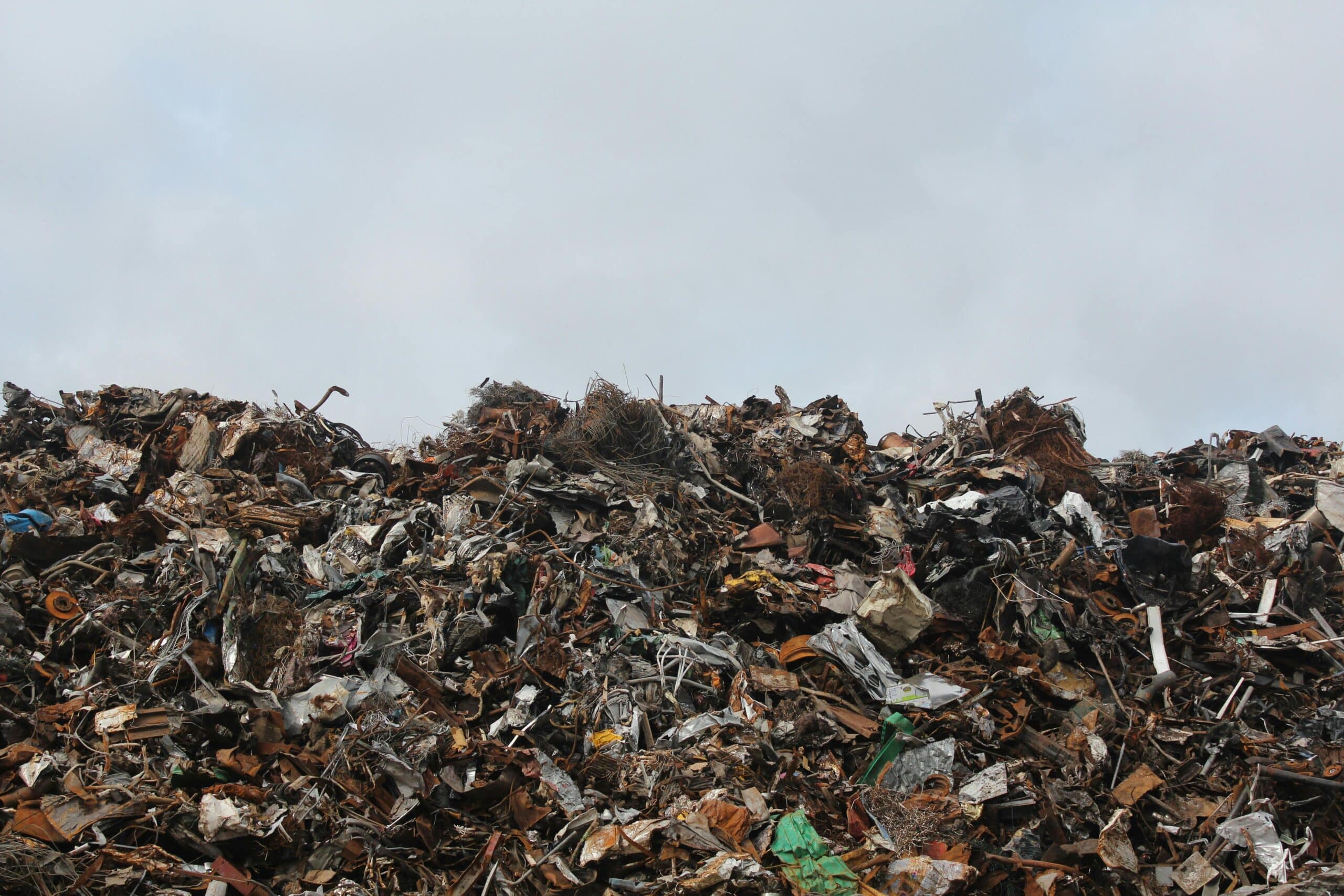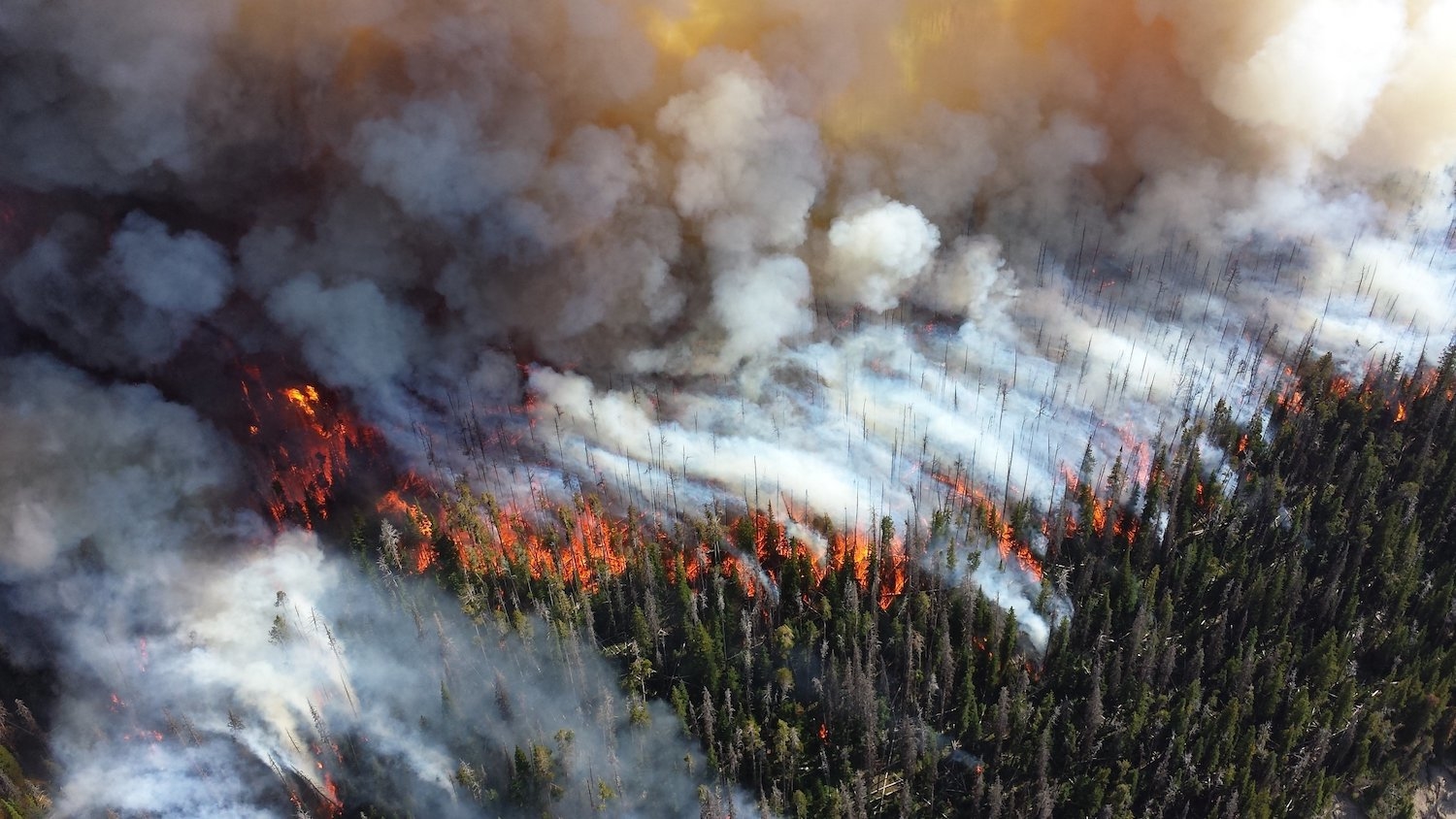Researchers Seek Sneak Peek Into the Future of Forests
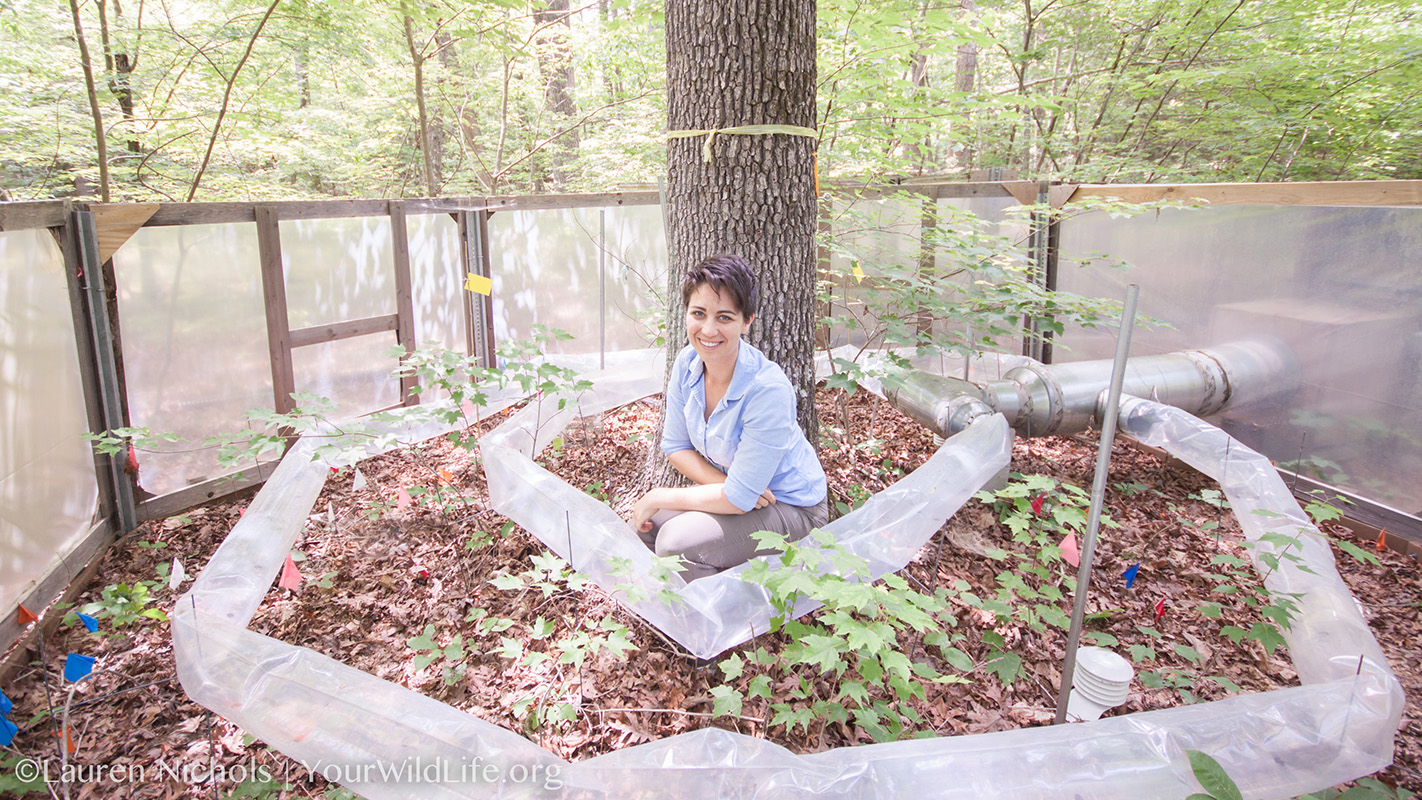
Scores of scientists from dozens of research institutions are descending on a patch of forest in central North Carolina, taking samples of everything from ants and mites to rotifers and tardigrades – samples they hope will offer a glimpse into the future of forest ecosystems.
This flurry of data collection represents the final days of an ambitious project: the largest and most robust warming experiment conducted in a forest ecosystem.
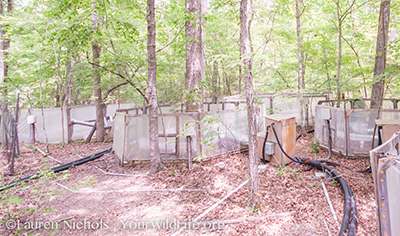
The heart of the experiment is a collection of so-called warming chambers – a dozen octagonal rooms, 5 meters in diameter, scattered throughout Duke Forest. The rooms have neither roofs nor floors, and are ringed with clear, plastic ductwork that pump warm air into each chamber. Three of the chambers are kept at the same temperature as the surrounding forest. The other nine chambers are warmer, with internal temperatures that range from 1.5 degrees Celsius to 5.5 degrees Celsius higher than the ambient temperature. A sister site in Massachusetts’s Harvard Forest has a similar collection of warming chambers.
The heat went on in the North Carolina warming chambers in January 2010, with funding from the Department of Energy and, later, from the National Science Foundation. And research at the site has given scientists a great deal of information on how various organisms respond to increased temperatures – leading to more than two dozen journal articles over the past five years.
“For example, we know that ants are an important part of forest ecosystems, and we found that warming has a significant impact on ant diversity in forests,” says Clint Penick, a postdoctoral researcher at NC State who works at the site. “Some ant species populations decline dramatically, while other ant populations grow. One ant that fared poorly at higher temperatures is the winnow ant (Aphaenogaster rudis) – a common ant in eastern U.S. forests that plays a crucial role in seed dispersal. A species of acrobat ant, on the other hand, is becoming much more common.” Others still, such as the invasive needle ant, seem to thrive regardless of the temperature.
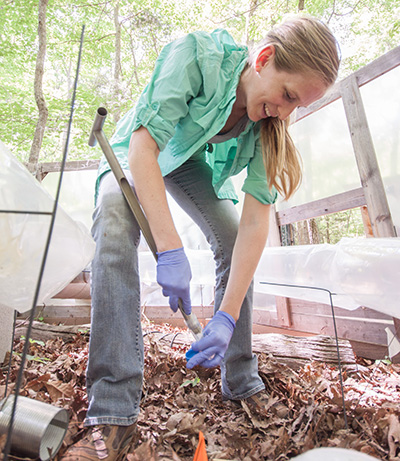
For both ants and trees, the researchers have been able to identify key features of the species that succeed with warming and those that fail; in general, what they see in the chambers matches what is going on in urban heat islands – as well as ecological changes stemming from temperature changes in the Southeast over the past hundred years. The researchers also learned that the impact of climate change appears to be very different in regions such as North Carolina versus cooler regions such as Massachusetts. This indicates that, at least for the species the team has studied so far, increases in temperature are likely to have a bigger ecological impact in areas that were warmer to begin with.
But despite all they’ve learned, there were many questions that researchers weren’t addressing, for two reasons: because it would require disrupting the research site and because, even with their large group, they were experts in some kinds of organisms and processes but not all of them. Now that the site is being shut down, they’re jumping over these barriers with a unique approach.
Thanks to funds from the U.S. Geological Survey’s Southeast Climate Science Center (based at NC State), the team has reached out to scholars around the world to help them study the full suite of organisms present in each chamber. And dozens of researchers have answered the call.
“As we got closer to the end-date for the warming chamber site, we invited a slew of scientists interested in a diversity questions to work on collecting samples from the chambers,” says Lauren Nichols, an NC State researcher who has worked on the project from the beginning. “Collectively, it should give us a good overview of how shifts in temperature may change a forest – from the microbial level up.”
In some cases, the necessary expertise was at NC State. For example, teams of researchers from the university’s entomology department are collecting data on how heat (and changes in ant diversity) have affected other arthropod species – such as herbivores and pest species that can harm plant health.
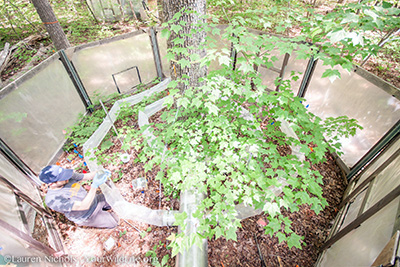
In other cases, the experts were elsewhere in the world. Researchers from nine universities are also looking at different aspects of soil core samples to see how microbial communities have changed over time at different temperatures.
“We want to see whether these microbial populations have changed, and how any changes have affected their ability to function,” says Julia Stevens, a postdoctoral researcher at NC State and the North Carolina Museum of Natural Sciences. “These microbial systems play essential roles in decomposition and nitrogen fixing – taking nitrogen out of the air and making it bioavailable to plants. Basically, they are responsible for creating healthy soil.”
“And because samples of plants, soils and insects are being saved and curated like museum specimens, the samples can and will be studied by people not yet involved in the project,” says Rob Dunn, a professor of biology at NC State and one of the primary investigators on the warming chambers project. “When it is all said and done, these chambers may be not only the biggest warming experiment in a forest yet, but also the most intensive and collaborative study of any patch of forest,” Dunn says. Dunn’s co-PIs are Nate Sanders of the University of Copenhagen, Aaron Ellison of Harvard Forest and Nick Gotelli of the University of Vermont.
“We’ll be seeing discoveries come out of this work for years to come,” Penick says.
- Categories:

